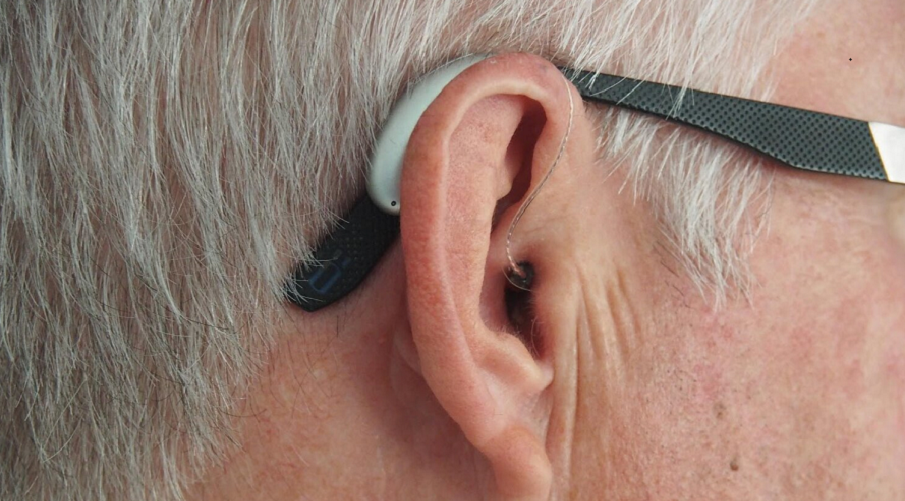Hearing loss negatively affects quality of life.
A person with hearing loss may find it hard to communicate and engage with the world around them.
However, thanks to advancements in technology, hearing aids offer a solution to enhance hearing abilities.
Fortunately, manufacturers offer several types of hearing aids, so each person should find one that improves their hearing and their quality of life.
What are the six common types of hearing aids? What factors should a person consider when purchasing a hearing aid?


BTE hearing aids are a popular choice for individuals with various degrees of hearing loss.
These devices sit comfortably behind the wearer’s ear, with a tube connecting them to a custom earmold or a dome that fits inside the ear canal.
BTEs are versatile and suitable for individuals with any degree of hearing loss.
They offer excellent sound quality and often come with additional features like Bluetooth connectivity and rechargeable batteries.
These devices are similar to BTE aids but have a speaker or receiver placed inside the ear canal.
A thin wire or tubing connects the speaker or receiver to the main body of the device.
RIC and RITE devices are discreet and comfortable.
Users love the natural sound quality.
People with varying degrees of hearing loss benefit from these devices, which often offer advanced features.
However, their small size may require additional care to prevent wax accumulation.
Look for the best RIC hearing aids to achieve the highest level of sound qualilty.
Audiologists make ITE hearing aids to fit within the outer portion of the ear.
People who struggle with mild to severe hearing loss benefit from this type of hearing aid, which is less visible compared to BTE devices.
ITEs are easy to use, and users can often control the volume.
Directional microphones are common in these devices.
However, their small size may limit the inclusion of advanced technologies and they may be susceptible to moisture or wax accumulation.
These devices are extremely small and fit into the ear canal.
The extent to which they do depends on which style is selected.
ITC devices sit in the lower portion of the outer ear canal, while CIC devices are the smallest and sit deeper inside the ear canal.
They are almost invisible and reduce wind noise, but they are also limited in features.
Extended wear hearing aids are an innovative option that allows users to wear the device continuously for several months without removal.
These aids are inserted deep into the ear canal by a professional and can be worn while showering, exercising, or sleeping.
Extended wear hearing aids provide natural sound and eliminate the need for daily insertion and removal.
However, they may not be suitable for everyone, and follow up appointments are necessary to ensure optimal performance.
BAHA devices are suitable for individuals with conductive hearing loss or single sided deafness.
They work by transmitting sound vibrations through the skull bone directly to the inner ear.
BAHA devices consist of a small implant surgically placed behind the ear, which attaches to an external sound processor.
They offer excellent sound quality and are beneficial for those with specific hearing conditions.
However, they require a surgical procedure for implant placement.
When selecting a hearing aid, several factors should be considered.
These include the degree and type of hearing loss, lifestyle requirements, cosmetic preferences, dexterity, budget, and any additional features required.
It is crucial to consult with a qualified audiologist who can conduct a thorough assessment and provide personalized recommendations based on individual needs.
Choosing the right hearing aid is essential to regain and improve one’s hearing abilities.
The decline of someone’s hearing abilities can have a direct effect on many aspects of the individual’s life, even to their mental health.
Understanding the different types of hearing aids available, along with their respective advantages and limitations, is crucial in making an informed decision.
With the right hearing aid, one can enjoy a better quality of life, reconnect with loved ones, and actively engage in the world around them.
This website uses cookies.